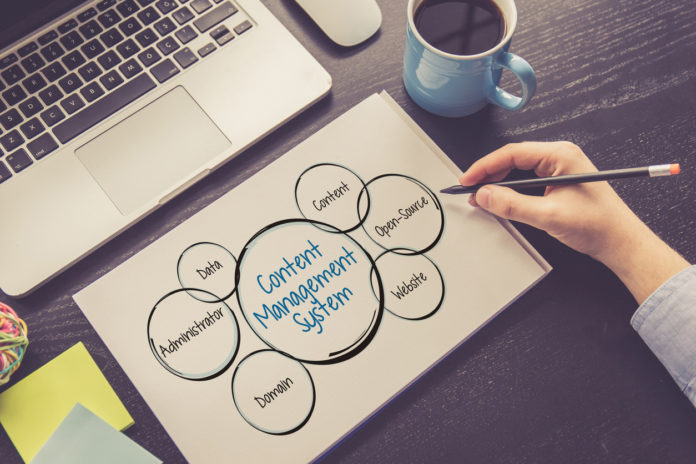You are welcome to read this article even though you may not belong to the IT community. You will have a chance to explore general ideas that can later find their implementation with the help of programmed solutions.
We all know what content management is. What is more, most of us are convinced that we are fully aware of eCommerce content management nuances and the ways it works. However, basic knowledge of marketing CMS is not enough if we talk about the professional development of your business within the online environment. Today, when every word matters, you have no option but learning about the impact CMS has on your website and thus advance it according to the latest trends.
The content itself is a basic informational part of your website. Even though you think you can “sell” anything that’s wrapped well, this will not work out with your actual text. Therefore, you have to take care of the following issues: wording, making sure it is plagiarism-free, and SEO.
Every letter counts
The wording is the vocab you use when referring to your customer or describing any type of product/service. By selecting appropriate words, you may have an impressive impact on your reader! Think about something simple yet polite and try to avoid sophisticated terms.
Your goal is to make every visitor feel comfortable and welcomed. If you are not the only writer to work with your website, make sure that a writing guide is available for everyone.
A writing guide is a written document about the writing manners you use when creating texts for a particular organization. Grammar and punctuation might not come as a part of this document, but you can mention something about the style you use for writing as well as the mood. Another thing you would like to try is creating the writing guide as a part of the CMS.
Imagine that your client is your favorite grandma, who is striving to understand what you’re doing in life. Even though you can be laughing now, this tool actually works!
Plagiarism
All the words have been said before, and setting a brand new website may seem quite a challenge (especially when it comes to plagiarism). In order to omit any troubles regarding intellectual property and make your website look professional, check plagiarism before making every single post. If you think that using a checker will cost you a fortune – try using free check for plagiarism. In case the free tool detects an incorrect paraphrase or quotation, you will be able to substitute a sentence before you present the final version of the web page.
How does plagiarism checker free work? After you insert the text to the respective window and start the procedure, the program analyzes which parts of your text might exist elsewhere. All combinations out of 4-5 words situated in the same order as in the other sources will be marked as such.
Check plagiarism for less than a minute and contribute to your positive image on the market and academic integrity.
SEO
Even though you imagine SEO as a mysterious tool, we will help you manage it just in a few simple steps.
- Juggle with the keywords
Choose the most relevant keywords and phrases for every page of your website. How exactly will your client look for what they want?
Be careful with using too many of those – otherwise, Google will recognize your texts as spam and will not show your website on the first page.
By the way, if you choose low-competition keywords, you will automatically guarantee yourself less tension within the niche.
- Update your content
Imagine that your website is not static and work with it like a blog. Not only Google will be interested in promoting your website, but also the regular users are expected to show up more often.
- Take care of your links
If all your pages will have the same links as their titles, Google is more likely to present them as the “popular” search results. Take a look at the examples and choose one appealing to you:
Title: Julie London Discography – The Story of an Unrecognized Record Breaker
Link 1: www.website.com/article_jldtsoaurb
Link 2: www.website.com/julie-london-discography-the-story-of-an-unrecognized-record-breaker
The wording you use has to be relevant to the topic of your article or blog post for the sake of both regular readers and those exploiting e-readers.
- Don’t forget the tags!
A tag is an alternative text description. It’s better to use them in all the posts since navigating the website becomes way easier in this case. Again, if there are people with disabilities using your website, they would rather prefer searching the needed articles with the help of their e-readers.
- It’s all about dynamics
Remember, you would rather see an article that includes a few numbers, citations, pictures, and videos rather than a solid piece of text. Visuals and statistics are your formula to increase the traffic. Just think of yourself surfing the net – would you rather click on “7 ways for you to cope with teenagers” or “why coping with teenagers is harder than ever”?
Involve your reader and make them apply your information to their own experience.
Since online presence matters as much as the offline, you should rethink your CMS and adjust it to the nowadays audience. Never stop watching the recent trends – they will bring you recognition of your online fans. Discover new horizons with CMS and make your website look stunning today!










